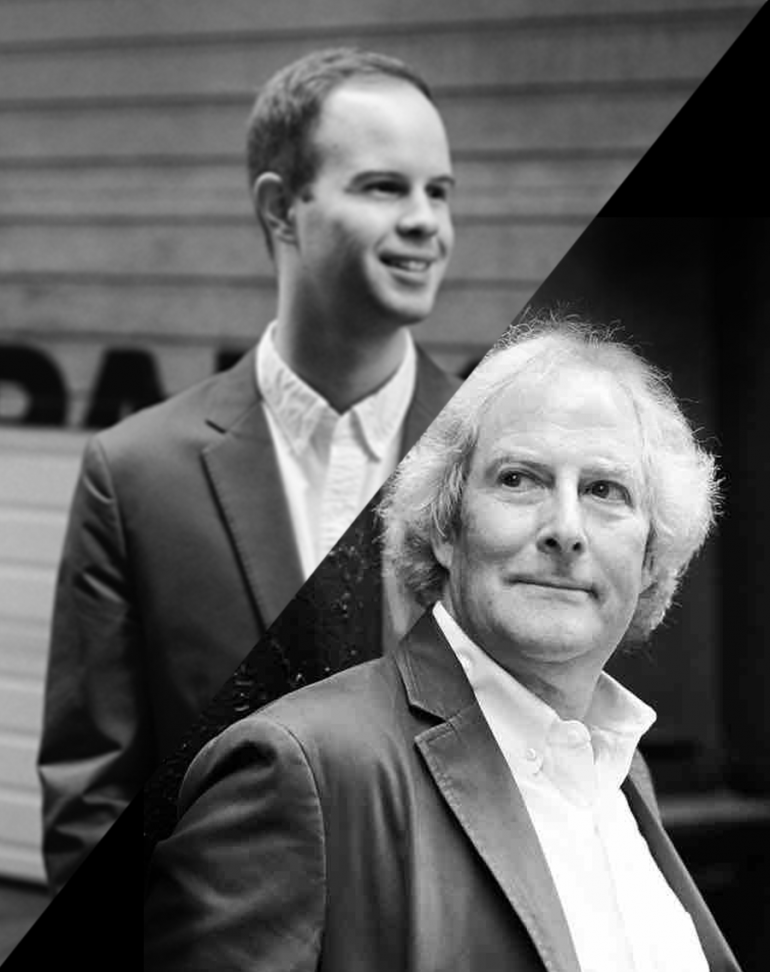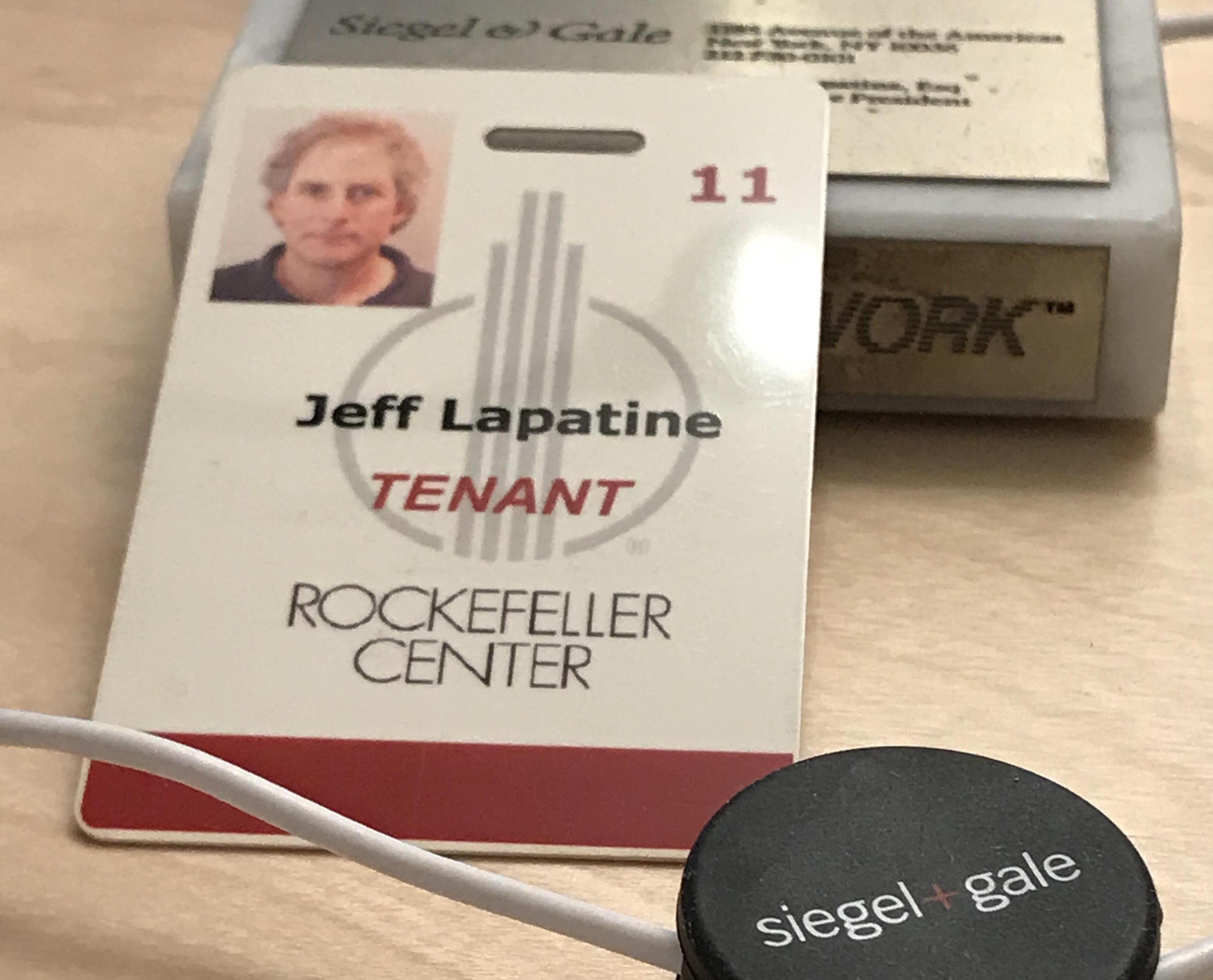SMPL Q&A is a blog feature in which we interview experts on all things relevant to branding, design and simplicity. In this Q&A, strategy analyst Perry Lowder interviews former strategy director Jeff Lapatine, a veritable brand strategy and naming expert who led an illustrious five-decade career at Siegel+Gale, on what he’s observed about the evolution of branding and the industry.
PL: How did you end up at Siegel+Gale?
JL: In 1976 I was working as a legal writer at the publishing company Prentice Hall. There I was required to take a class with Rudolf Flesch, best known for his book, The Art of Readable Writing. At the same time, Alan Siegel was finishing an assignment with First National City Bank (soon to become Citibank) to simplify its consumer loan agreement, as required by the newly-enacted Truth in Lending Act. In Alan’s mind, the Citibank project wasn’t just about compliance, it was a way for banks to differentiate themselves and build their brands—this was his brilliance.
It turns out that Dr. Flesch was working with Alan on this assignment. When I interviewed with Alan for a job as a “plain English simplifier,” my experience with Dr. Flesch was instrumental in me getting hired. For the next decade, I traveled all over the U.S. simplifying bank loan and insurance agreements. At the same time, I was learning about this strange, new business called “branding.” Then in 1985, Siegel+Gale was acquired by Saatchi & Saatchi.
PL: How did your career evolve?
JL: After simplifying documents, it made sense to take what I was learning about branding to create account-opening kits that combined the forms with marketing materials and packaging. We called this “Simplified Financial Communications.”
Also, our naming opportunities were increasing and I had a knack for naming businesses, products and services. As a result, Alan appointed me as director of the naming business. I focused on this area of the business for over 20 years.
In the 1990s, at the height of the Internet boom, Siegel+Gale bought itself back from Saatchi & Saatchi and became an independent partnership. I was one of the partners. This was an exciting time. We defined ourselves as an Internet Services firm rather than a branding firm. We had three offices in midtown including the third floor in Rock Center overlooking The Today Show.
However, the bubble burst, and we were financially overextended. To survive, we became part of Omnicom, and with a very reduced staff, had to move to their cramped offices on Madison Avenue. Luckily, we bounced back, and were able to move to our current offices in Chelsea.
In more recent years, our work in brand architecture and nomenclature systems has grown a lot. I enjoy the strategic aspect of this work, so in recent years this has become my focus.
PL: What has it been like witnessing the evolution of branding over the last 40+ years?
JL: The field has drastically changed since I began my career. First of all, in the seventies the business preceded the use of computers. For the most part, it was graphic design-driven. In fact, the work was referred to as “corporate identity.” The term “branding” was used for product marketing rather than corporate-based assignments.
The changes over the decades have been fascinating. Of course, the impact of computers, interoffice connectivity, and the Internet has been massive. But also, the work itself has become much more sophisticated—from logo development and copywriting to fact-based strategies, naming, brand architecture, and experiential branding.
PL: What’s the next frontier?
JL: The world of branding is already on a new path. Our work is more fact-based, meaning research and insights drive and inform what we do. Clients really gravitate to this approach.
Also, brand experience is a new focus. We’re only touching the surface in terms of what branded experiences can offer. Experience will take the evolution of branding to the next level. Modern technologies like AI and VR will continue to play a pivotal role in the work we do for clients.
PL: Do you have any advice for someone like me, a relatively new brand strategist?
JL: Find something unique. I’ve been lucky, I fell into many opportunities at Siegel+Gale. But it always helps to build your personal brand by doing something that other people don’t do.
Always ensure the deliverable matches what a client is looking for. Often, they’re not exactly sure how to articulate what they want or can implement. Do your best to get to the heart of the ask.
Live up to Siegel+Gale’s values—be smart, nice and unstoppable.
And most of all, remember the promise of Siegel+Gale: be simple. As an industry, we get lost in detail. But here, we provide simplicity.


